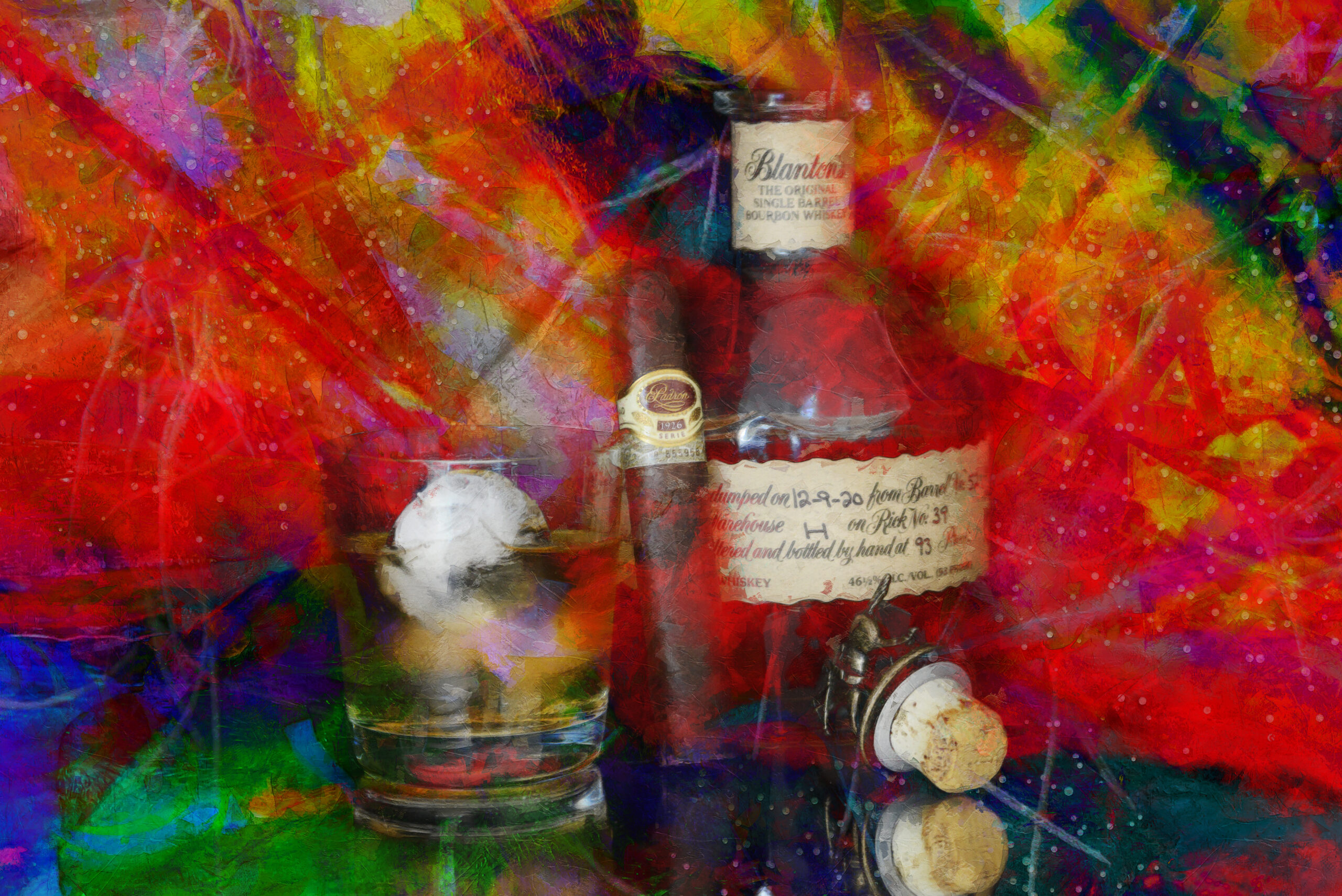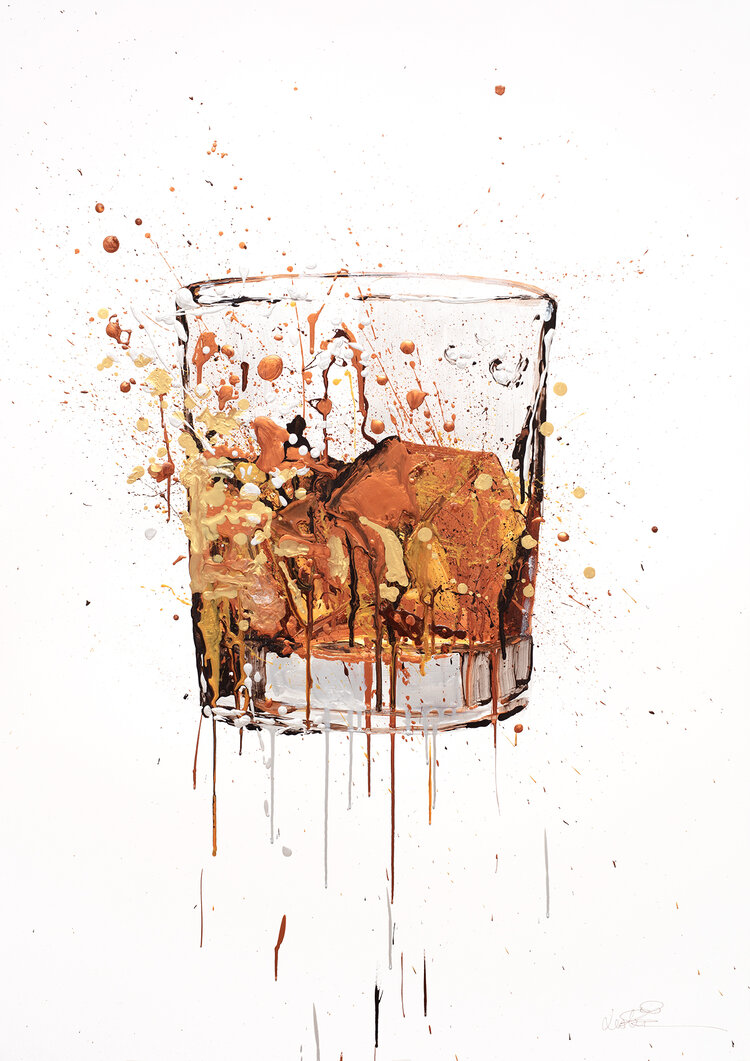Transform Your Area with Stunning Whiskey Art Inspired by Nature
Transform Your Area with Stunning Whiskey Art Inspired by Nature
Blog Article
The Value of Whiskey Art in Celebrating Heritage and Craftsmanship in the Beverage Industry
The detailed connection between whiskey art and the party of heritage and workmanship within the drink industry can not be overemphasized. Through thoughtfully made tags and bottles, scotch brand names envelop their historic origins and the artisanal skills that define their production methods. This creative measurement not just boosts market allure but also works as a conduit for cultural storytelling, promoting a deeper connection between the craft and the consumer. As we check out the different facets of this topic, interesting concerns about the impact of modern trends on conventional practices emerge, prompting more evaluation.
The Historic Roots of Whiskey
At the heart of bourbon's appeal lies an abundant tapestry of historical origins that map back to ancient civilizations. The beginnings of scotch can be linked to the purification practices of the Sumerians and Babylonians around 2000 BCE, where very early types of fermented grain beverages started to arise. Nonetheless, it was in the Center Ages that the art of purification evolved considerably, specifically in Ireland and Scotland, bring about the development of whiskey as we recognize it today.
The term "scotch" itself acquires from the Gaelic word "uisce beatha," implying "water of life." This expression underscores the social significance of scotch in Celtic cultures, where it was typically associated with rituals, parties, and communal bonding. By the 15th century, distillation came to be a recognized craft within monastic areas, leading the way for the establishment of lawful distilleries.
As profession routes broadened, scotch's appeal expanded, going beyond regional borders and catching the passion of connoisseurs worldwide. Whiskey Art. This historic trip reflects not just the workmanship behind bourbon manufacturing but also its important duty in social and social contexts, marking it as a significant beverage throughout history
Artistic Expression in Branding
Scotch branding stands as an engaging crossway of virtuosity and business, where visual identification plays a vital function fit customer assumption. The aesthetic appeals of scotch labels, product packaging, and advertising and marketing products show not just the brand's story yet additionally its core values and heritage. Through artistic expression, distilleries share a story that reverberates with customers, stimulating feelings and stimulating links.
Making use of shade, typography, and imagery in branding offers to distinguish products in a saturated market. As an example, typical themes might evoke a feeling of authenticity and workmanship, while modern styles can indicate advancement and forward-thinking. This calculated artistic direction improves brand name recognition and loyalty, permitting consumers to build an individual relationship with the scotch they select.
Moreover, artistic expression in branding commonly works as an event of regional heritage. Distilleries often include neighborhood symbols or historical recommendations right into their layouts, creating a sense of location that welcomes customers to partake in a wider cultural experience. Eventually, the virtuosity behind bourbon branding not just boosts visual appeal but also enriches the general narrative of the brand, promoting a deeper recognition for the workmanship and heritage ingrained in each container.
Workmanship in Container Layout
The virtuosity noticeable in bourbon branding extends past aesthetic identity to encompass the craftsmanship involved in container layout. Each read this container acts as a vessel not simply for the spirit within, yet likewise for the story it tells about its quality, beginning, and custom. The style process calls for thorough interest to detail, as components such as closure, material, and form contribute significantly to the general understanding of the bourbon.
Craftsmanship in container style involves choosing top notch glass that can enhance the bourbon's color and quality, while likewise providing a responsive experience for the consumer. The shape of the bottle have to be both aesthetically attractive and functional, often showing the heritage of the brand name. Numerous distilleries choose distinct forms or embossed logos that stimulate a sense of credibility and background.
In addition, the tag design and typography play an essential role in communicating the brand's story. Bourbon Art. A well-crafted bottle not just mesmerizes the customer's eye but likewise enhances the brand's commitment to high quality and custom. In this way, the craftsmanship of container layout becomes a crucial facet of the whiskey experience, merging creativity with a profound respect for heritage
Cultural Value of Bourbon Art
Celebrating tradition and craftsmanship, the cultural relevance of bourbon art goes beyond plain looks, linking with the historical and social narratives of the regions from which it originates. Each bottle functions as a canvas, illustrating the one-of-a-kind tales, mythology, and practices that have actually formed regional whiskey-making methods. The detailed layouts commonly mirror the heritage of the distillers, including icons and motifs that reverberate with the culture and values of their communities.
Furthermore, whiskey art plays an important duty in public events and events, serving as a tangible link in between individuals and their shared experiences. By appreciating the artistry in bourbon product packaging, consumers cultivate a much deeper understanding and respect for the craft, inevitably enhancing their pleasure of the beverage itself.
Modern Trends in Bourbon Discussion
In recent times, the presentation of bourbon has evolved to mirror modern tastes and trends while still recognizing conventional craftsmanship - Realism Art. Distilleries are progressively focusing on visual aspects that boost the general drinking experience, linking the gap in between heritage and modernity
Ingenious container styles have actually emerged, frequently including sustainable materials and artistic labels that inform compelling tales. Many brand names now work together with neighborhood artists, instilling their products with one-of-a-kind visual expressions that resonate with customers. Additionally, limited-edition launches are frequently packaged in collectible containers, including worth and appeal for lovers.

Verdict
In verdict, bourbon art offers as an essential avenue for sharing the heritage and workmanship intrinsic in the drink market. With complex branding, cutting-edge container styles, and culturally significant artistic elements, bourbon brand names successfully honor their traditions and connect with customers.


Craftsmanship in container design entails selecting high-grade glass that can improve the bourbon's color and clarity, while additionally giving a tactile experience for the consumer. click to read more In this method, the workmanship of bottle style comes to be an important element of the bourbon experience, merging creativity with a profound respect for heritage.
In verdict, whiskey art serves as a crucial avenue for expressing the heritage and craftsmanship integral in the beverage industry.
Report this page